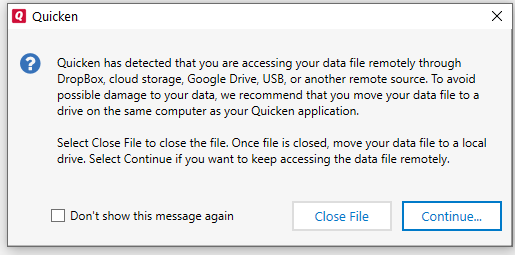

You determine that $7,500 can be attributed to the corn crop. You enter a transaction for fertilizer from your local co-op that has products for both crops included in the total amount due of $10,000. Don’t worry! You can split transactions by tag, just like you can split them by category. Some transactions may include expenses or income for multiple tags. When filtering reports by tag, you can easily see how each sector of your business is performing and compare the enterprises. Using tags in this manner allows you to easily run reports based on each enterprise of your operation. You can then tag that transaction with the crop that fertilizer was associated with.) You enter a transaction, and categorize it as fertilizer. You have a farming operation, and you want to analyze your income and expenses by crop. Have you ever wondered which crop is more profitable, how much you spend on family living or need to better track equipment repairs? Tags can help you glean this information from your Quicken file without complicating your category list or reports.Ī common use for tags in agricultural operations is to tag by enterprise or commodity. Tags allow you to answer questions about your business that may not be answered by traditional categories. Categories allow you to filter your information by financial or tax groups for your banker and accountant. īy having each of the appropriate categories connected to the proper Schedule F tax line item, you can now run a Tax Summary Report or Tax Schedule Report.

Select the appropriate tax category from the dropdown menu. Then click on the checkbox “Tax Related Category”, and select the “Extended line item list” radial button. To connect your category with a tax line, click on the tax reporting tab at the top of the dialog box. To edit a category, right click and select edit. To edit categories, open your category list. Quicken categories can be be connected to a tax lines. – By assigning a category to each transaction Quicken users can track the source of income, or use of an expenditure. ĜONNECT YOUR CATEGORIES WITH TAX LINE ITEMS.You could create a re-naming rule to always change it to “Samantha Jones”.) You have an employee named Samantha Jones, sometimes you write a check to her with the payee line as “Samantha Jones” and other times as “Sam Jones”. If a particular payee comes up with different names, you can create a renaming rule to simplify reports when organized by payee. If your gas utility bill has a different amount every month, you can remove the memorized payment amount but keep the category and tag for the payee.)Īnother thing you can do in this dialog box is to recreate re-naming rules. You can also remove this memorized information so that Quicken does not assign this information. In this dialog box, you can assign a category, tag, memo, or amount that will be used every time a transaction is entered with the selected payee name. This will open the “Edit Memorized Payee” dialog box. To edit a payee, right click and select “Edit”.
#FIND QUICKEN FILES UPDATE#
#FIND QUICKEN FILES DOWNLOAD#
#FIND QUICKEN FILES ARCHIVE#
If you archive all data, you will not be able to run comparison reports. A year-end copy allows you to keep your information, without it cluttering up your current file, by removing the data and placing it in a separate file.

Nebraska Extension has been teaching Quicken courses for the past few months. There are many programs available to help you organize your financial information. While it's still fresh in your mind, now is the time to make changes to your farm or ranch record keeping system. By Jessica Groskopf, NE Extension Educator


 0 kommentar(er)
0 kommentar(er)
